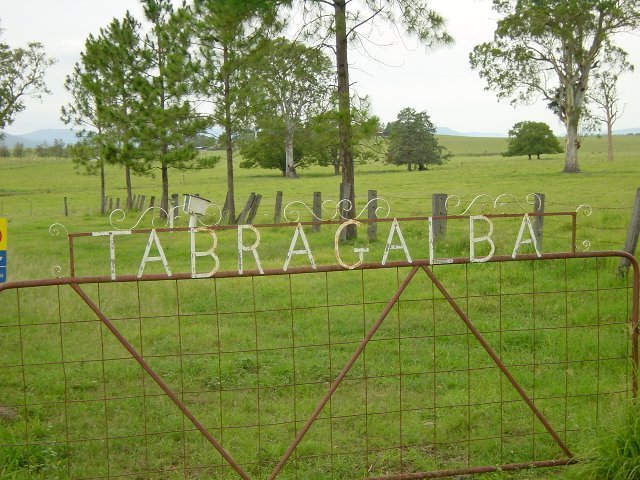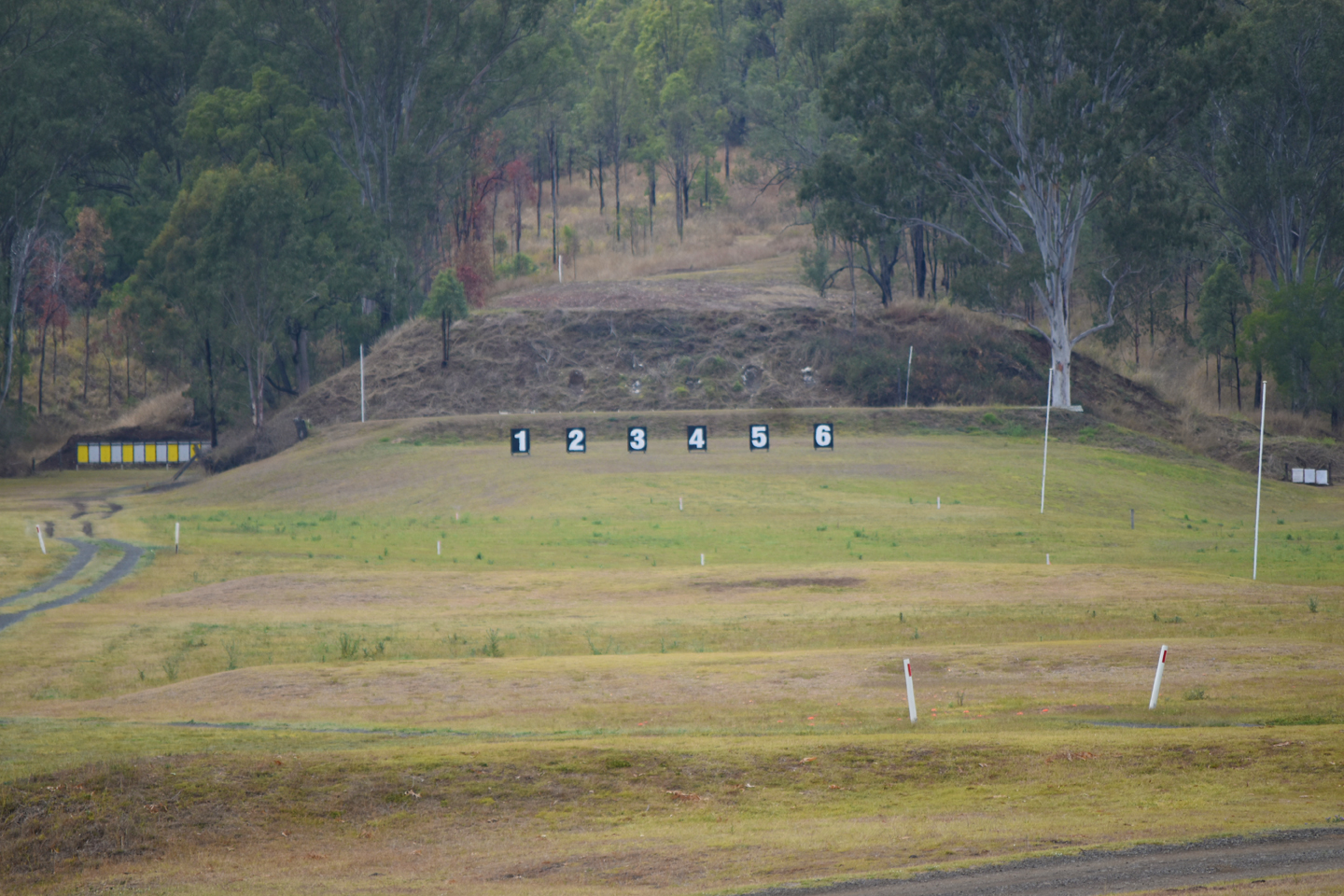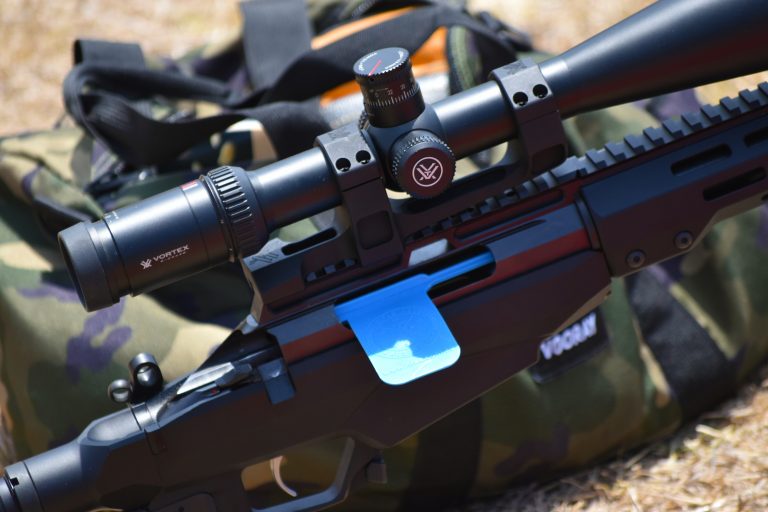HISTORY - THE LOCATION
BEAUDESERT RIFLE RANGE
TABRAGALBA
Beaudesert Rifle Range
Information and photos from Peter Dunn – https://www.ozatwar.com/sigint/978thsig.htm and
https://www.ozatwar.com/ozatwar/camptabragalba.htm
In about May 1943, Tabragalba Homestead was taken over by Lieutenant Commander J.C. McManus, RAN, the Supervising Intelligence Officer (S.I.O.) who was in charge of the Coast Watchers in the North East Area. Officers, other ranks and New Guinea natives were accommodated and trained at Camp Tabragalba. The Allied Intelligence Bureau, the Philippine Section; GHQ, the Coast Watchers and other units all had an involvement at Camp Tabragalba. Filipinos, New Guinea and Dutch East Indies natives, plus some “M” Special Operations (“M” Force) and “Z” Special Operations (“Z” Force) personnel along with Far Eastern Liaison Office (FELO) personnel were involved at Camp Tabraglaba.
Air-warning personnel from New Britain plus A.I.F. soldiers who had served in Bougainville, in the New Guinea parties, and on HMAS Paluma were trained there. Personnel received weapons training, were instructed in the use of radios and trained to use rubber boats. The surrounding country side was perfect for route marches and gymnastic exercises to ensure an appropriate level of fitness was achieved.
The 978th Signal Service Company was activated in Brisbane on 8 October 1943. Selected personnel were then shipped to Camp X (Camp Tabragalba), near Beaudesert in Queensland. They were part of the Allied Intelligence Bureau‘s Section C – Coast Watch Organisation or Combined Field Intelligence Service. This evolved from the pre-war Naval coast watching system. The role of Section C was “obtaining all possible information about the enemy, his disposition, movements, strength, etc. through such agencies as the coastwatchers, native agents and civilian operations”.
The following units had a hand in the establishment and running of Camp Tabragalba:-
– the Allied Intelligence Bureau (AIB)
– the Philippine Regional Section, GHQ
– the Coast Watchers
– and others,
The first contingent from the 978th Signal Service Company started their camp at Tarbragalba in August 1943. They established rows of tents for accommodation and built interconnecting gravel walkways. They built a supply building, a recreation building and a shower block. The sporting facilities they built included a clay tennis court, a basketball court, and a baseball park. Other sports played included volleyball, softball, chess and checkers.
There were Filipinos, New Guinea natives, and some natives from the Dutch East Indies, and possibly “M” and “Z” Forces and the Far Eastern Liaison Office (FELO) involved at Camp Tabragalba.
The McVey family of Biddiddaba Creek would often host the Filipino soldiers from Camp Tabralgalba. They used to hike across the mountain to buy pigs and chickens which they would spit-roast. They would often share the roasts with the McVeigh family. The Filipinos would bring lollies (“candy”) and Coca-Cola for the children and open billy-cans of beer for themselves. By the time they would arrive at the McVeigh farm everything would be covered with grass seeds. They would often borrow the McVeigh’s horses to go for a ride in the bush.
The Filipinos arranged many picnics, especially on Mother’s Day. They would invite many of the local mothers and their families to the picnics. The entertainment at the picnics would include a pig on-the-spit and a portable dance floor where jitter-bug contests were held.
In August 1944, Rufino F. Cacabelos, and 2nd Lt Edmondo Marfori and 2nd Lt. William Davis of the 978th published an Anniversary Book at Camp Tabragalba documenting the first year of occupation for the 978th at the camp. Julius B. Ruiz was Editor-in-Chief for the Anniversary Booklet. (Does anyone have a copy of the Anniversary Booklet?)
Tabragalba Homestead was once owned by John Beals Chandler, the founder of the Chandlers electrical retail company in Queensland. John Chandler was elected Lord Mayor of Brisbane in April 1940 and remained in office until 1952. John Chandler purchased Tabragalba in 1943 from Charles De Burg Persse. During the Second World War Chandler’s companies joined AWA Australia Ltd in the installation and servicing of radio, radar and echo sounding equipment on Australian and allied shipping to support the war effort. John Chandler was knighted on 1 January 1952 for his services to business and local government.
John Chandler died on 19 January 1962 survived by his wife and his two remaining sons Frank and Munro. Chandler had two sons who were killed in action during the Second World War. His son Frank Beals Chandler (426309) joined the RAAF on 20 June and was with 8 Service Flying Training School when he was discharged on 15 December 1944. His son Munro Nicholson (QX7013) joined the Australian Army on 1 April 1940 and was in the 2/2 Machine Gun Battalion when he was discharged on 24 October 1945.
Munro Nicholson “Pete” Chandler lived at Tabragalba Homestead for a number of years. Munro Chandler passed away in 1990 at the time that Tabragalba was taken over by the South East Queensland Water Board. Munro’s wife Gabrielle Chandler remained at Tabragalba with her second eldest son Ian Chandler. Ian continued to work the property and reared his family of four children with his wife Patricia until the take-over was finalised. There were plans to build a large dam in the area.
secretary@beaudesertrifleclub.com.au
JOIN US NOW!
TR F-OPEN F-STD F-TR
SPORTER,
RIMFIRE, SHOTGUN
ADDRESS
303 Spengler Road, Tabragalba
PO Box 672, Beaudesert, Qld 4285


